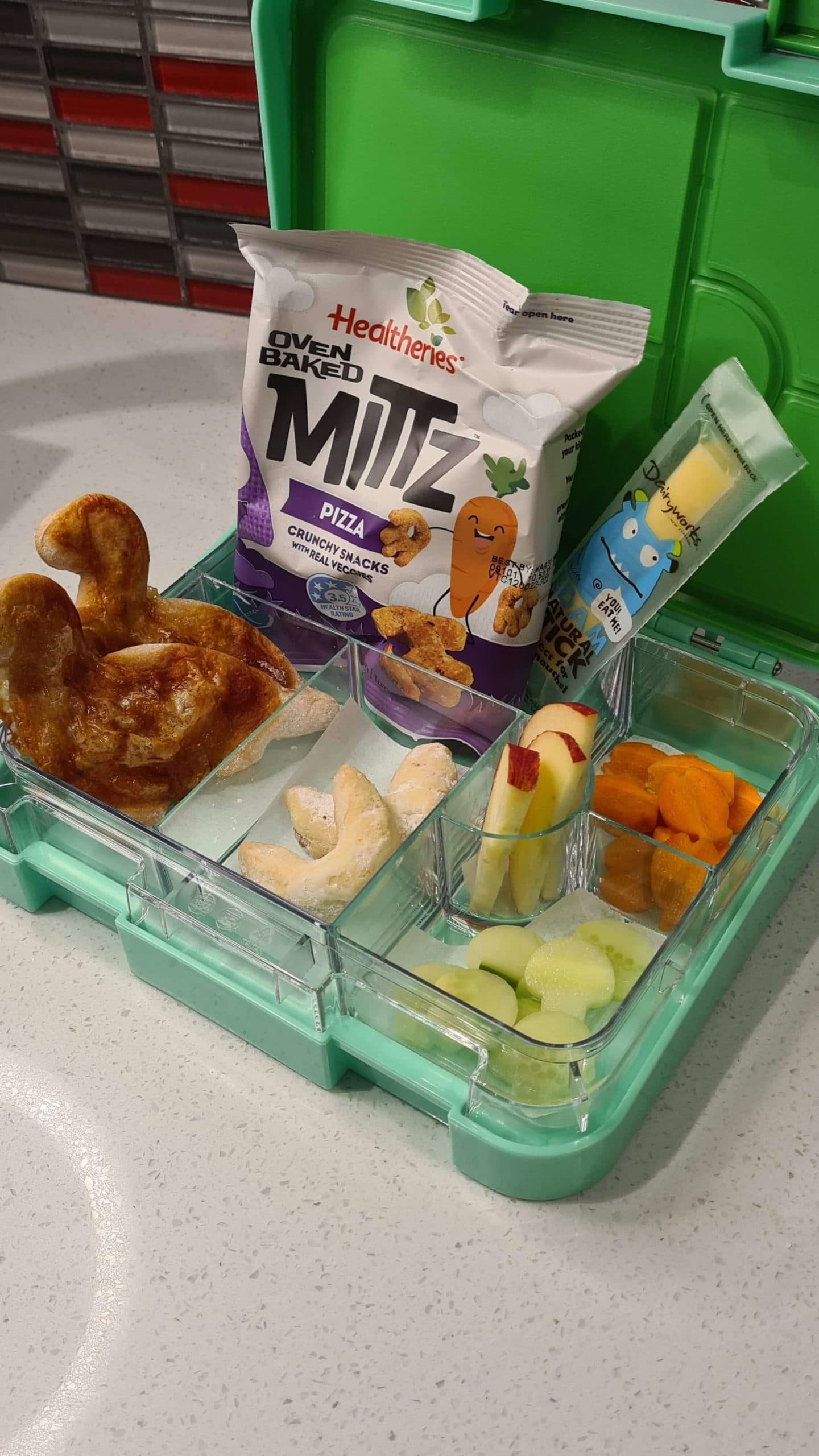

When caring for a child with coeliac disease, you require vigilance to keep them safe when food is present, 7 days a week, 365 days a year. Additionally, once you are a coeliac, you are a coeliac for life. Caregivers must supervise their child with coeliac disease as the consequences of eating gluten are not just symptoms such as an upset stomach, severe abdominal pain, nausea, and irritability, it is the damage to the lining of the small bowel which is the most serious consequence.
Activities such as the coeliac child going to a friend’s place after school, or on a school camp, a birthday party, or out to a cafe, are no longer simple.
Communication with School Administration and Teachers
The support and management you require to keep your child gluten-free
What’s in the Lunch Box!
Get organised with crafty GF lunch box ideas so the healthiest option is also the easiest. Where possible purchase most of your foods that do not come in packets. Do not forget there is a large variety of food that is naturally gluten-free, and to introduce your child to eating more whole, unprocessed foods such as:
High-risk foods as identified in the MOH in their 2020 guidelines are: whole or pieces of nuts, large seeds (like pumpkin or sunflower seeds), crisps or chippies, hard rice crackers, dried fruit, popcorn, marshmallows sausages, saveloys or cheerios’ are not given to children in any setting unless modified “such as grating” to reduce the risk. Older children (four years and older) may need to be reminded to take small bites and chew well.
Please see the Ministry of Health. 2020. Reducing food-related choking for babies and young children at early learning services. https://www.health.govt.nz/publication/reducing-food-related-choking-babies-and-young-children-early-learning-services or FAQ document attached
The newly appointed health promotion manager has made a start on the toolkit for ECE’s and schools to be launched during Coeliac Awareness – 7-13th June so look out for it so we can work together to support your child through their education journey. This resource will include all levels and stages of education including early childhood, primary, intermediate, high school, and university or tertiary study.